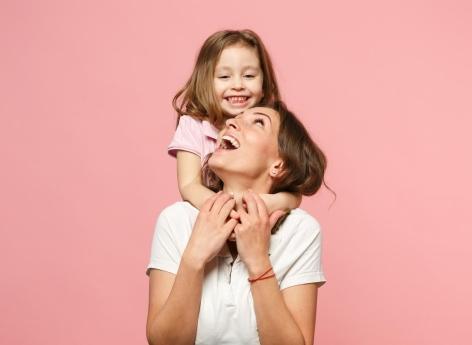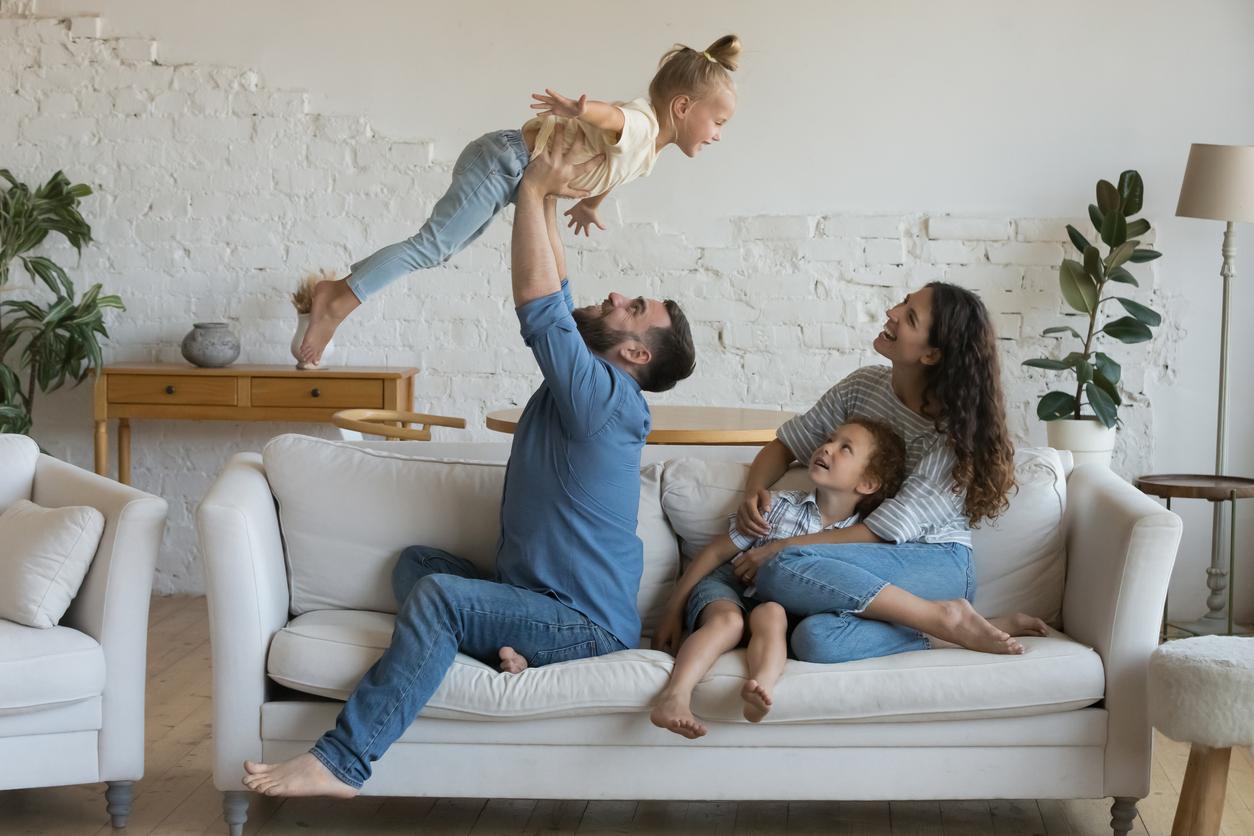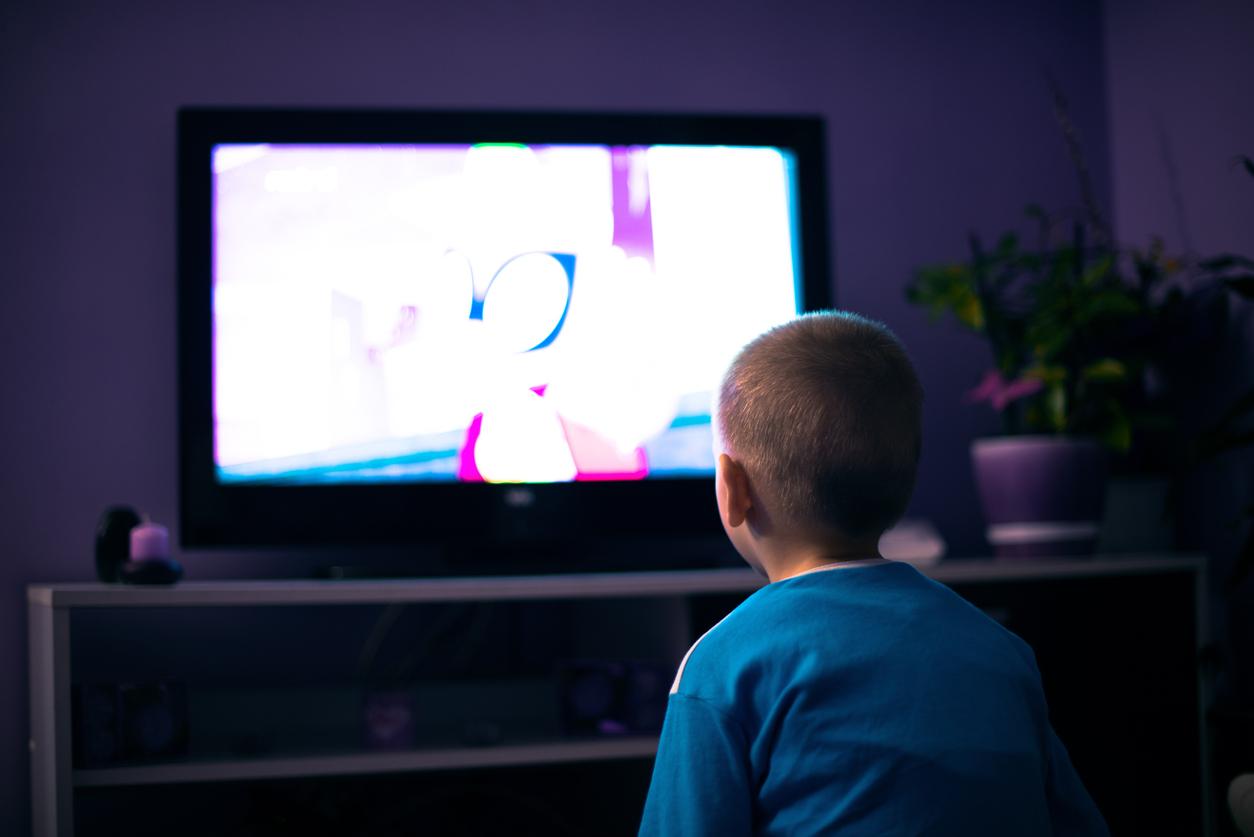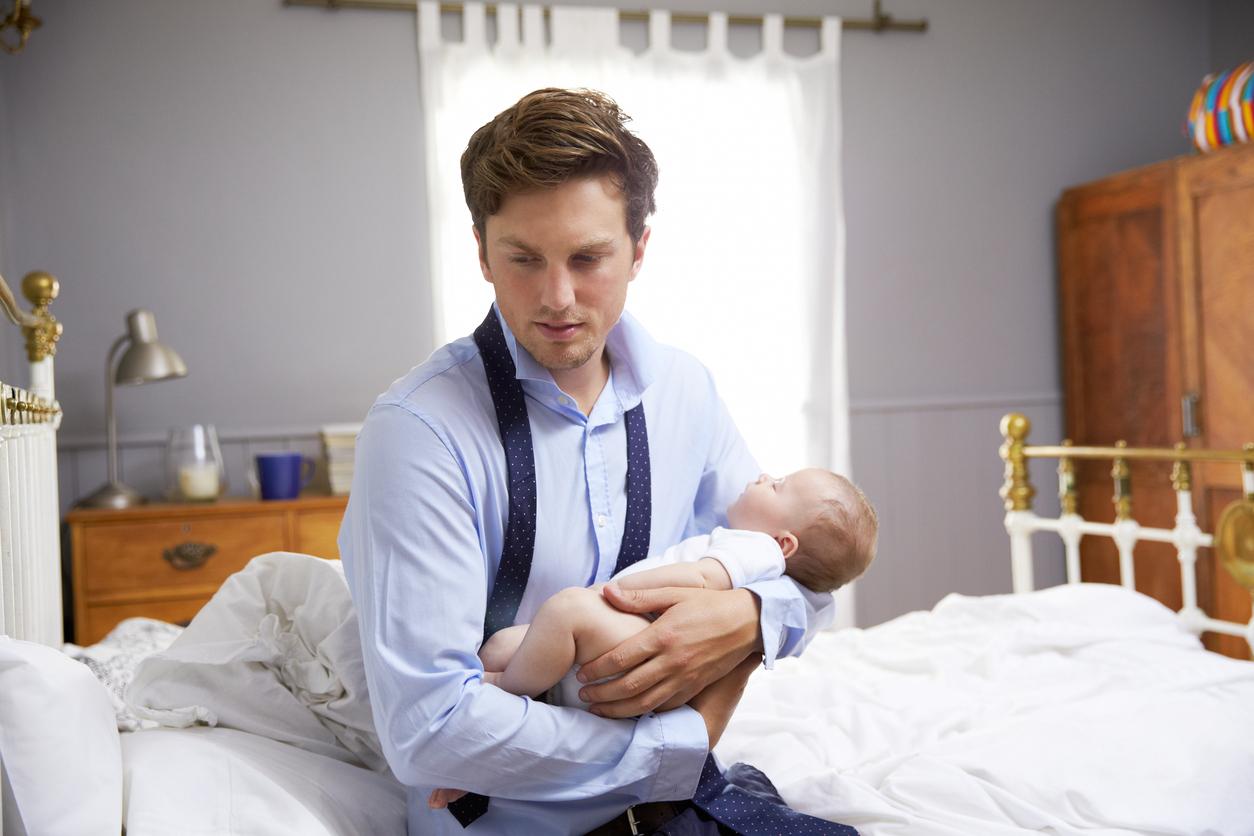While 10% of parents prefer headphones to the lullaby, hearing care professionals warn about the dangers of this practice. For example, precocious presbycusis.
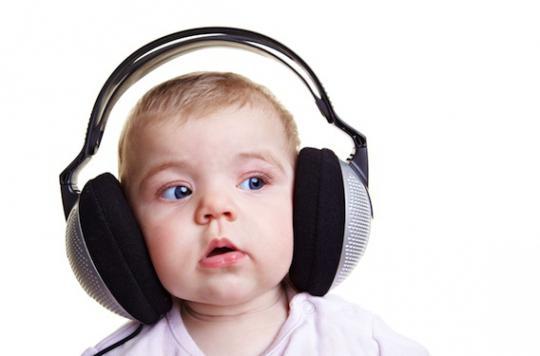
These results caused a stir this Friday! According to one Ipsos survey carried out with 1,500 people, one in ten children under two (9%) falls asleep with audio accessories (headphones or earphones). A proportion that rises further if we look at the toddlers who wear them during long trips by car (15%).
For Jean-Louis Horvilleur, who coordinated the survey with the support of the Directorate General of Health (DGS), this finding is very worrying. Contacted by Why actor, this Parisian hearing care professional describes the risk (s) these unconscious parents expose their cherubs to.
What are the short-term risks for these children who fall asleep with helmets?
Jean-Louis Horvilleur: It is at the age when children are able to vary the volume themselves that there is the greatest danger. For those who already have a hearing impairment, listening to too loud sound can create a problem very quickly. With trauma after just a few minutes. The most spectacular cases are “damage to the inner ear”. This is serious because we still do not know how to repair them.
In fact, it happens when the small cells that serve as sensory sensors are broken down. In this case, the child’s ear loses a lot of frequency zones. He will therefore hear less well all at once. This type of permanent hearing trauma can involve a life change that is not trivial.
What about the long-term risks?
Jean-Louis Horvilleur : For the less fragile children, making them wear a helmet frequently will have the effect of accelerating their hearing aging. This while we know that hearing is maximum at birth and also at 2 years. This is called “presbycusis”, a frequent progressive hearing loss that is normally progressive. But then again, it’s impossible to say at what age a child will be affected, it depends on the person.
What are the warning signs to detect these disorders?
Jean-Louis Horvilleur : For trauma with rapid hearing loss, the child will have the impression of having a cottony ear. The second symptom is wheezing or ringing in the ears. This is the famous “tinnitus”, the noise that we hear but which does not come from outside. Finally, we can have the impression that everything is very strong. The problem is, very young people don’t have the words to describe these ailments. Instead, a child will talk about a pain or a weird sensation.
With regard to presbycusis, the child will hear less and less well, little by little, in an already noisy environment. In general, this hearing loss will be felt above all in contact with women and with high-pitched noises. Basically, with some people he will hear well and with others not. It’s more complicated to detect.
Jean-Louis Horvilleur, audioprosthetist in Paris: ” The real problem that we detected in this study is that of health education. It is necessary at all levels. That is to say from parents to the youngest children… “
From what age can a child wear a helmet, headphones?
Jean-Louis Horvilleur : In principle, the rule is set from the age of reason, that is to say 7 years, but with a framework. Personally, I am more for independent use by children around 10 years old. This is an age at which the child understands better that he should not listen to music too loudly, too long and too often.
In addition, the Ministry of Health recommends taking a 10-minute break every 45 minutes, or 30 minutes every 2 hours.
Finally, to all parents who hear their child’s headphones, know that this is not normal, it is an alert. It means that the sound is too loud or the headphones poorly insulated. I’m not even talking about those who, in our investigation, said they heard it in the car. I was stunned by their ignorance of the dangers! Strange for the first generation “walkman” whom I believed to be well informed.
.







